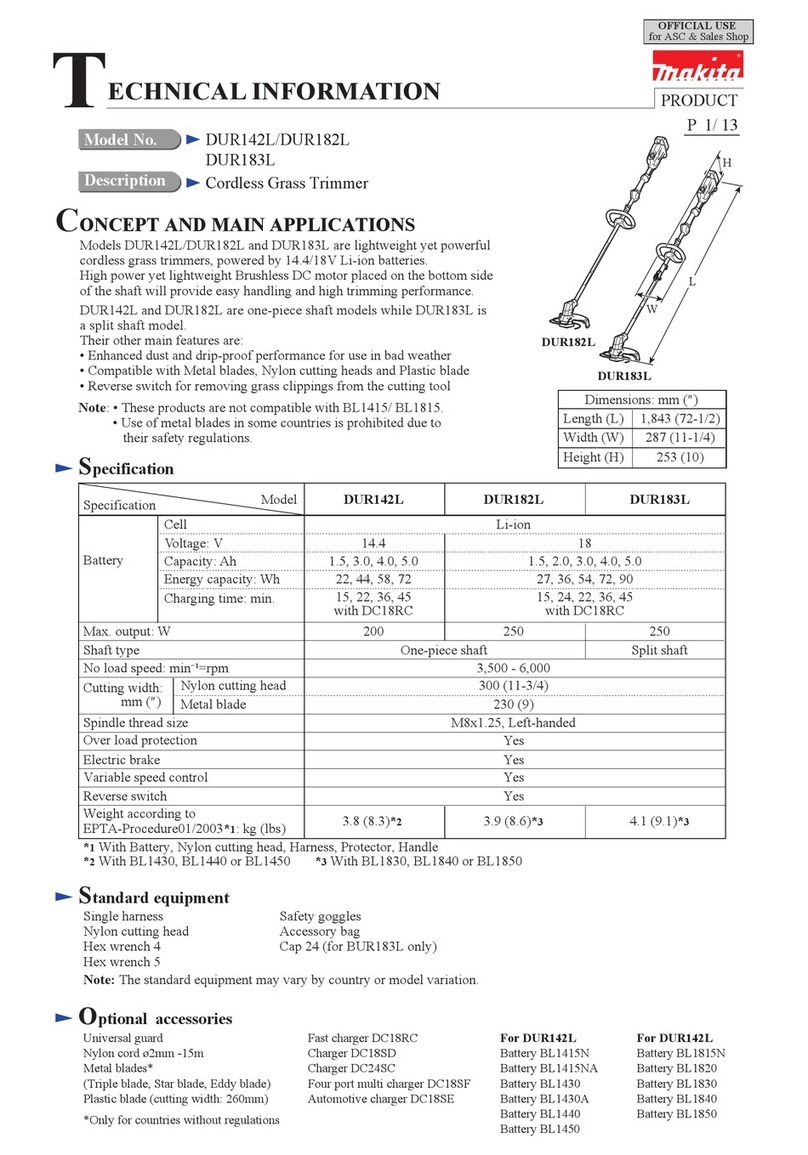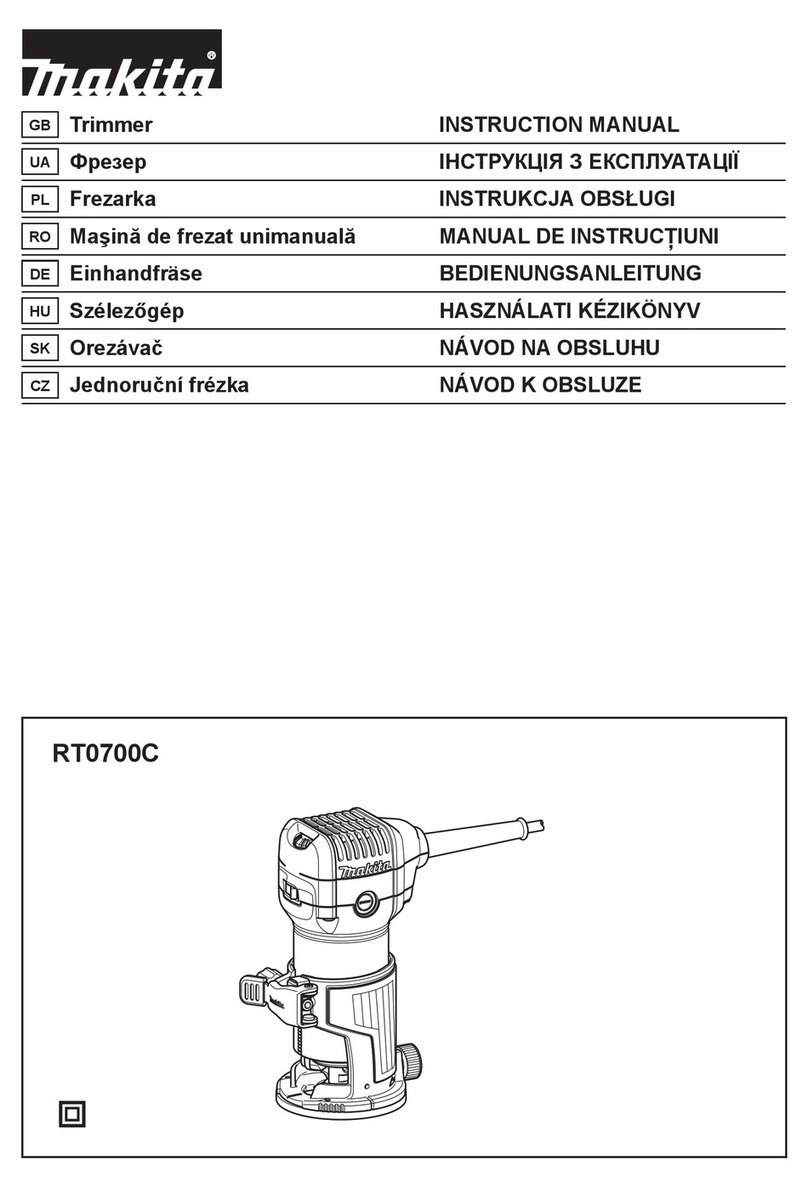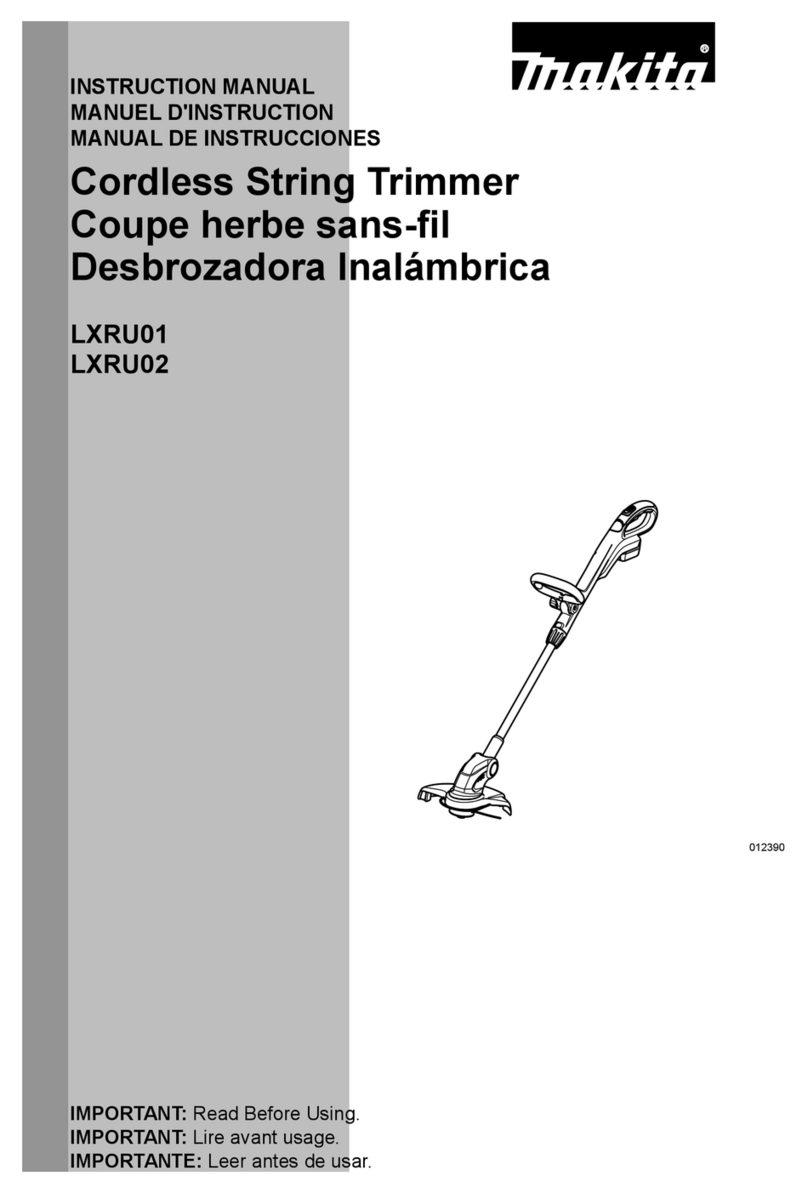Makita DRT50 User manual
Other Makita Trimmer manuals

Makita
Makita DUN500WRTE User manual
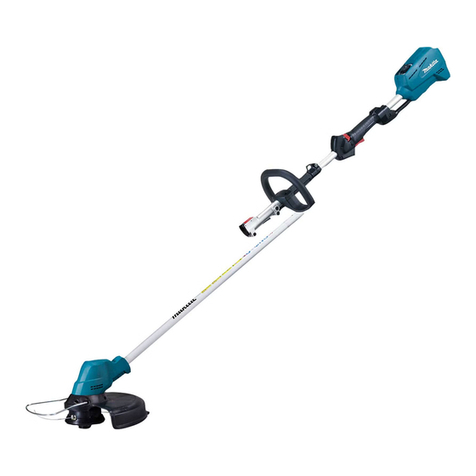
Makita
Makita DUR183L User manual

Makita
Makita UH5570 User manual
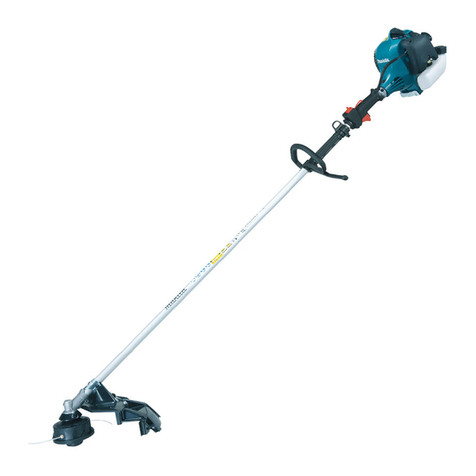
Makita
Makita EM2600U User guide
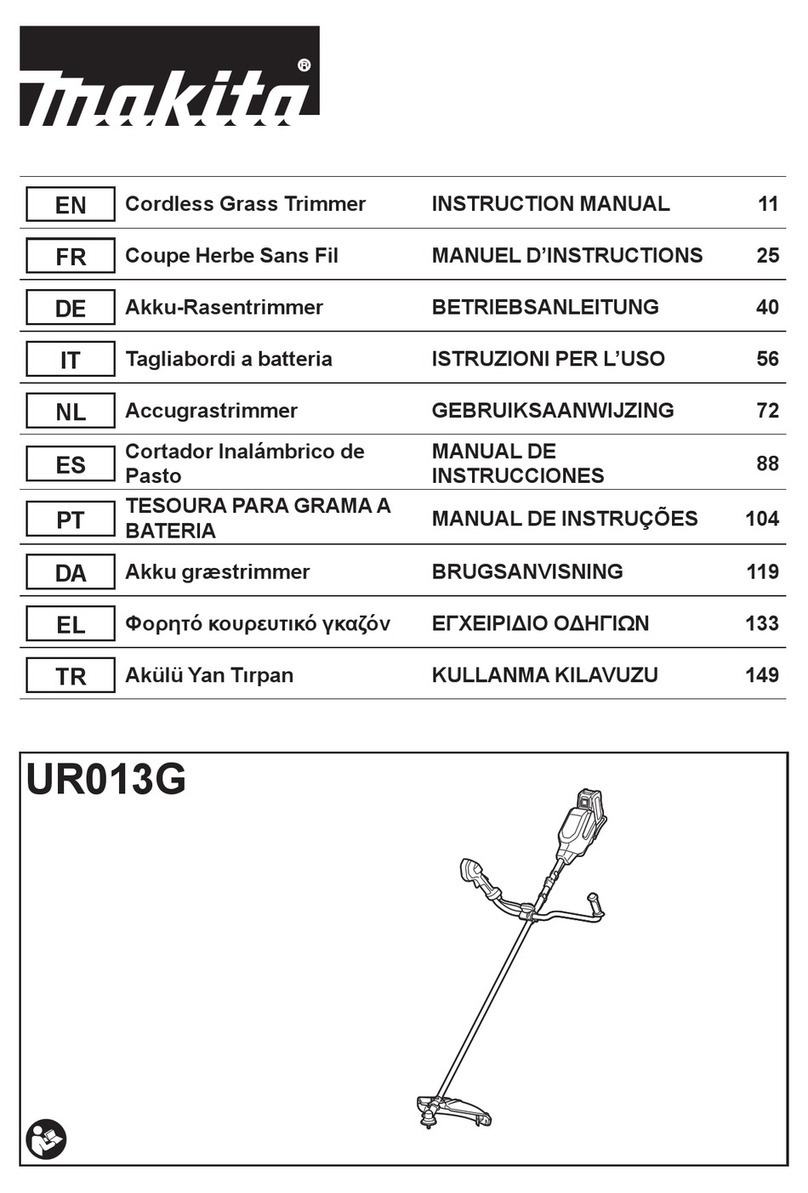
Makita
Makita UR013G User manual

Makita
Makita DUH481 User manual
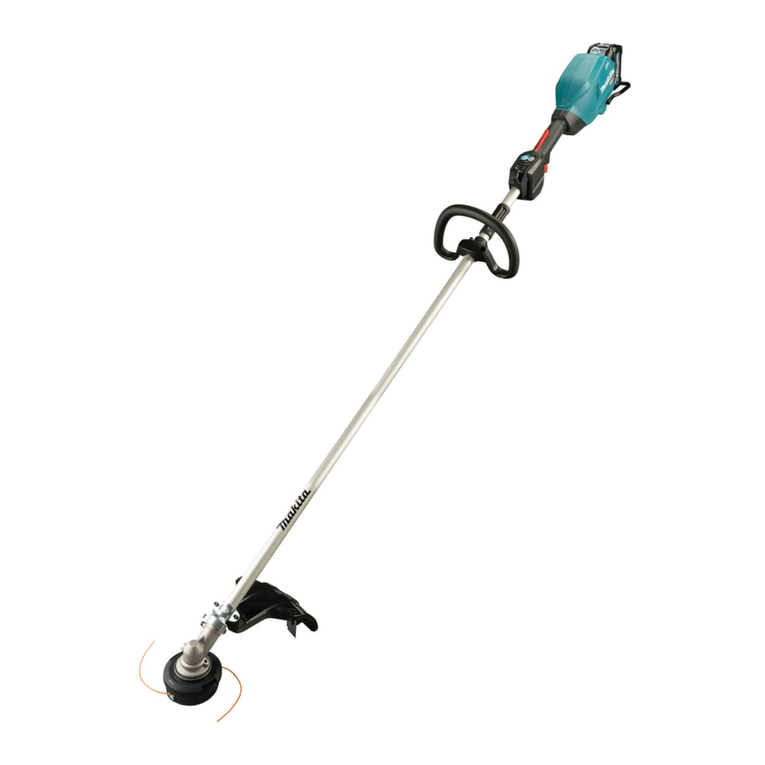
Makita
Makita UR008G User manual

Makita
Makita M3700 User manual

Makita
Makita DUN500W User manual

Makita
Makita GRU02 User manual
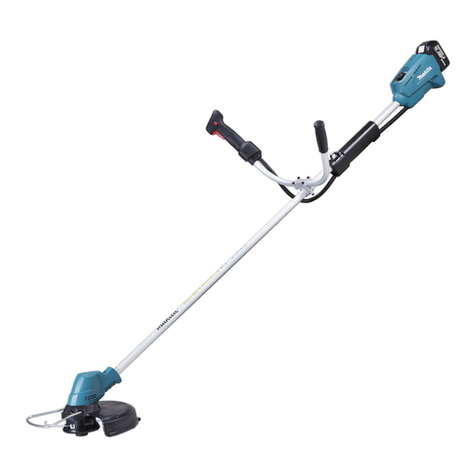
Makita
Makita DUR143U User manual
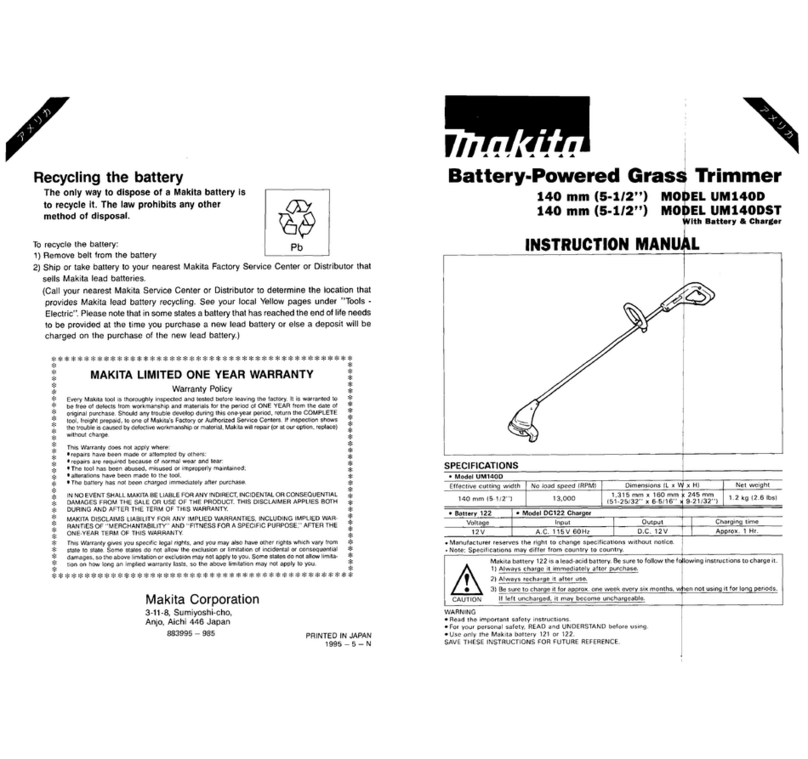
Makita
Makita UM140D User manual

Makita
Makita UH5580 User manual

Makita
Makita UH4570 User manual

Makita
Makita DRT50 User manual

Makita
Makita DUR141 User manual
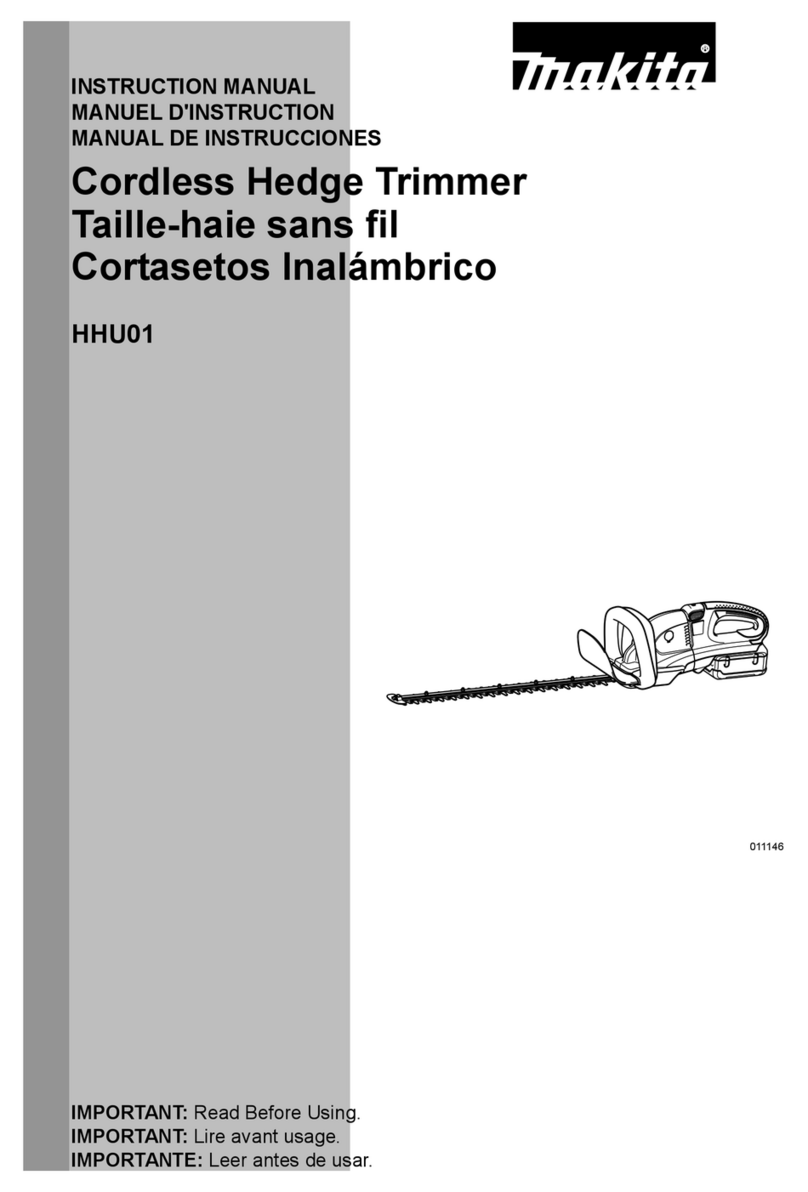
Makita
Makita HHU01 User manual
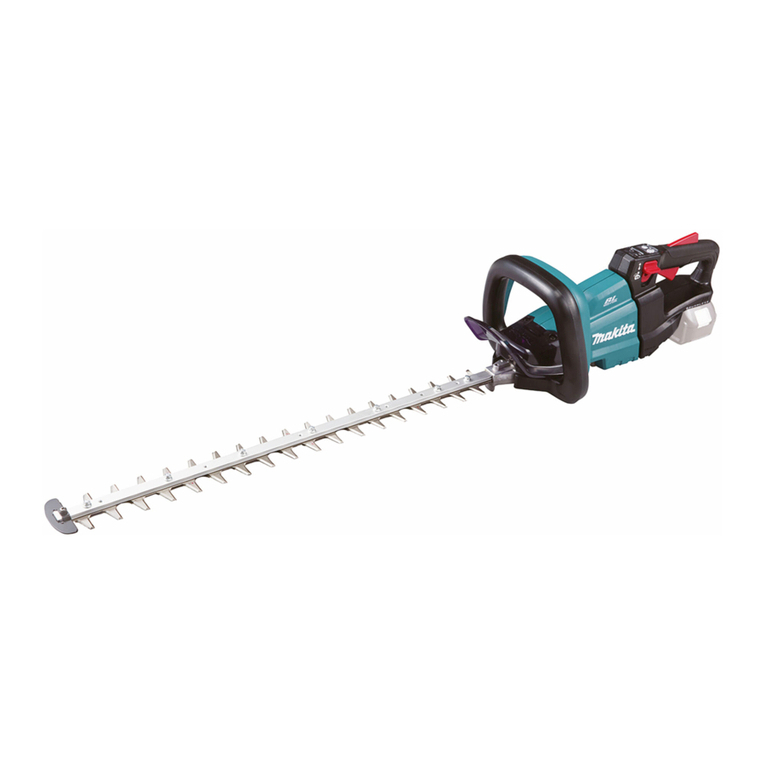
Makita
Makita DUH501 User manual
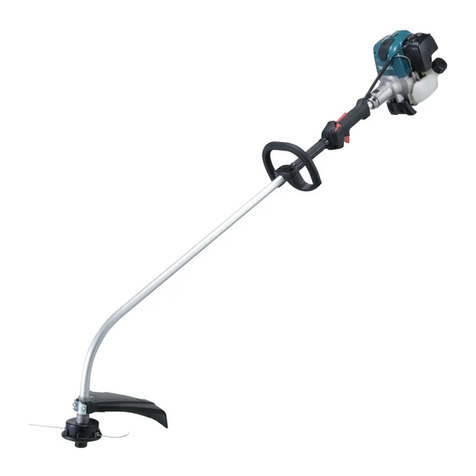
Makita
Makita ER2550LH User guide
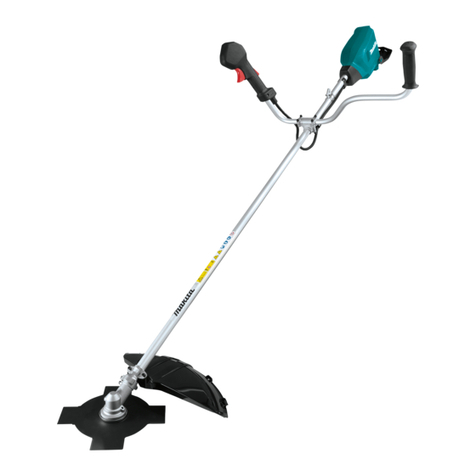
Makita
Makita LXT XRU16 Series User manual
